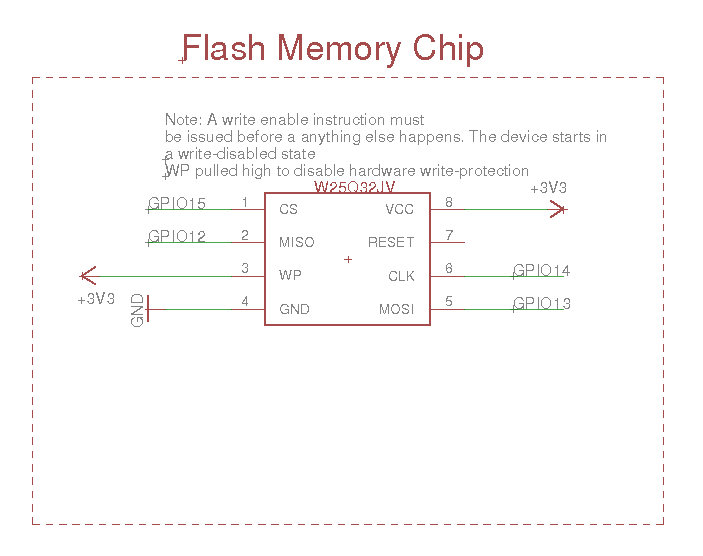Features
The ultimate goal of the Worldwide Informational Support E-reader Project is to create a solar powered device that is so cheap and rugged that it can be shipped all over the world and handed out to those in need. Some of the key features of the W.I.S.E device include:
- Integrated solar panel for a self sustaining device
- WiFi and Bluetooth connectivity
- 6" E-Ink display
- Water/Dirt/Dust Proof
- On board storage for offline information
- Simple and easy to use interface
- Rugged housing for a rugged world
Function
I hope to start a nonprofit that would focus on the distribution of these world changing devices. The applications for this device will be infinite. While the primary purpose of this device would be to help educate those with little access to books and other print media, there are numerous other uses for such a device. Just to name a few, they could be:
- Teaching children how to read despite lack of access to books
- Replacing aging/outdated/damaged textbooks and print media in schools in developing countries
- Handed out to victims of a natural disasters and could provide life saving emergency information
- Distributed to remote villages and provide information on first aid and diseases
- Given to refugees who do not speak the native language and provide them with a translation dictionary
With the proliferation of smartphones throughout the world, there is also an eventual goal for users to be able to connect the W.I.S.E. to smartphones and download information for offline reading. This idea could even be taken one step further and have the devices connect to each other, creating a solar powered ad-hoc network.
Bill of Materials: https://www.findchips.com/org/10-open-hardware/list/39905-wiseboardsch
 Chris
Chris




















 newdrive
newdrive
 Radu Constantin
Radu Constantin
 Raúl Luna
Raúl Luna
 Vedant Paranjape
Vedant Paranjape
Really interesting project. But is the ESP8266 the best candidate?
It is really power hungry and in my opinion it is not well suited for a low power solar project.
Have you considered using the ESP32 wich need less power and that adds more functionnalities (bluetooth, more GPIOs, more RAM, ...).